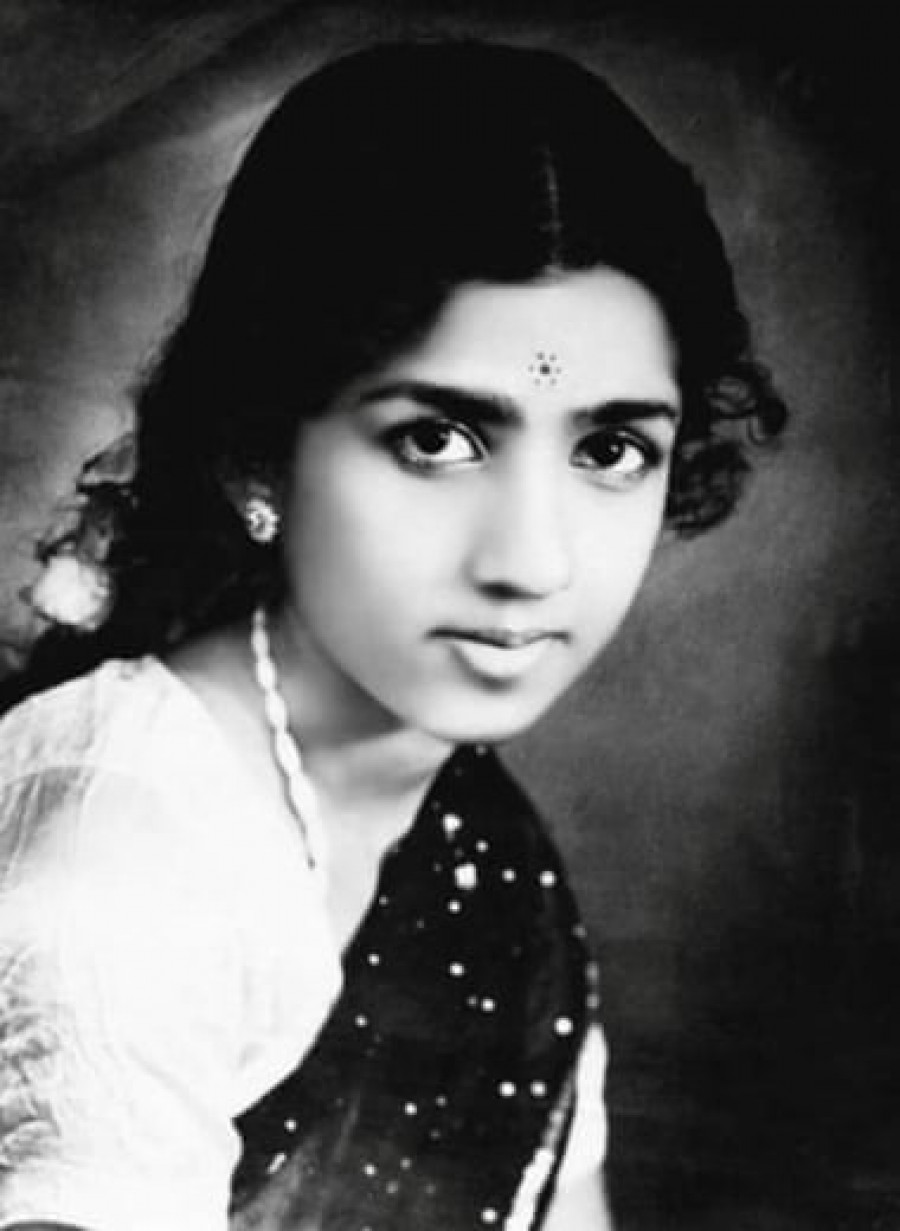
South Asia is replete with geo-cultural, political, aesthetic and literary markers. Some are more strongly shared than others. Cinema, songs and singing are among the most shared genres. Art, music, theatre and performance activities are the other widely shared identity markers of South Asia. Despite political differences, territorial disputes and other increasing difficulties, these identity markers should continue to play essential roles as binding factors among the countries and people in this region. This is a significant phenomenon that demands serious studies.
I have personally felt that in the course of my personal associations with the writers, artists and scholars of South Asia over the last quarter of a century, especially as a member of the South Asian writers’ fraternity epitomised in the SAARC writers’ organisation led by a frail-looking octogenarian Punjabi fiction writer Ajeet Cour of Delhi. She is a crusader for that South Asian literary cohort. During this period, I actively participated in the South Asian writers’ conferences held in central Indian cities, Kathmandu, Lahore, Dhaka and Colombo. One closely shared metaphor—post-independence South Asian identity—is not part of my historical reality. But other elements, especially the South Asian cultural and aesthetic experiences, evoke a sense of sharing.
Eloquent example
The demise of famous Indian singer Lata Mangeshkar, known variously as “Queen of Melody”, “The Nightingale” and Didi, on February 6 at the age of 92, evoked the power of that bond. Among others, I want to cite the message of Pakistani Prime Minister Imran Khan who wrote, “The subcontinent has lost one of the truly great voices the world has known.” There are other messages from persons and institutions, too many to cite in an article like this.
Lata Mangeshkar, who sang over 25,000 songs for 1,000 Hindi films, and a few in Nepali among the 20 other languages of this region in which she sang [the exact number is not known], is a compelling and eloquent example of how this region is bound by factors other than the very commonly touted geo-cultural and political ones. The subject of her songs is human feelings and perennially shared intimate emotions. Naturally, she sang patriotic songs for her country. One she sang in 1963 is cited commonly. The principal spirit of Lata Mangeshkar’s entire oeuvre is humanity, love, hope, unity and sharing.
Turning back to the expression post-independence state, also discussed under the rubric post-colonialism, I would like to recall the subject of literature written in English by writers of the erstwhile British colony. We often use The Empire Writes Back: Theory and Practice in Post-Colonial Literatures (1989) written by Ashcroft, B, Griffiths, G, and Tiffin, H. The term "writes back" is a "strikes back" homonym, which sounds like vengeance. Writers of the former British colonies have written powerful works in English and have made a significant impact on English literature. Though painters, musicians and singers have not directly used their mediums to change erstwhile colonisers’ culture, they have made a significant impact in post-colonial territories.
I was struck by the citation that hails Mangeshkar as the first Indian singer to perform at London’s Royal Albert Hall in 1974. Accompanied by her musicians like SD Burman and others, she had performed her famous Bollywood melodies in that performance. I would not say she "sang back" by using the "write back" metaphor. And it was just as well the impact of British music did not fall on Indian or South Asian music. But in literature, it has worked very well. There is no space to discuss that here.
Mangeshkar and her younger sister Asha Bhosle whose output is said to be even larger than that of Didi, and other singers and composers create imaginary space to expand for the viewers. The imaginary space in Indian film is huge. Though inchoate sometimes, the narratives are creative; they invite you to fill the space for yourself. Songs of poets and the singing of Lata Mangeshkar have performed the most important task of giving plausibility to melodramatic themes and a sense of expansion that they have achieved in tandem with the cinema for which they were created. Her songs perform a choric function or the task of a chorus in dramatic stories. As a regular Hindi filmgoer in my youth, albeit not so regular in later times, I can say that her songs, when I listen to them or hum them, remind of a theatre of life that is recalled in memory and even nurtured by creative fantasy. I listened to them when the radio played them. The great revival of her songs in the digital age continues to recreate the power of bonding in South Asia and beyond.
The undiminished power of Lata Mangeshkar’s playback singing across generations opens up new themes for cultural studies with a unique blend of cinematography, music and literature. Nepali filmmakers, too, have always used this combination as their model. In some of their films like Maitighar (1966) and lately in Prempinda (1995), the directors have used the "unique blend" model and the very voices of sisters Lata Mangeshkar and Asha Bhosle for the playback. In such cinema, the filmic stories and songs are carefully blended.
Miraculous achievement
Indic films have been famously using mytho-poetic themes too for the stories. Such use requires some means to blend them. Singing that includes classical as well as pop themes fulfils such a need. Lata Mangeshkar’s melodies have helped to fulfil such a need for seven decades, which is a miraculous achievement. She sang for films from the early days of what Ashis Nandy calls “low and middle-brow Hindi films, mass produced in Bombay”. Nandy calls Bombay films a spectacle, not artistic endeavour; but he adds, “To accuse it of not being arty is to chastise Muhammad Ali for not being Charles Chaplin.” (“The Popular Hindi Film: Ideology and First Principles”. India International Centre Quarterly, Vol 8, No 1).
But Lata Mangeshkar’s singing addresses both ideology and principles of cinema and its achievement and failures. It is an excellent contribution of a singer who performed with perfect composure, engagement and love for such a long time. We can imagine the degree of achievement when even the early “low and middle-brow Hindi films” continue to be remembered today thanks to her melodies. Some artists in various nations and cultures have made such achievements—there are fascinating stories of artists and their arts. Lata Mangeshkar transcends boundaries and becomes part of human culture.











